Thinking about building a shipping container home and wondering which states allow container homes?
Many states in the U.S., including Texas and California, permit container homes. Some states have specific regulations and require aligning with local building codes to ensure safety and compliance.
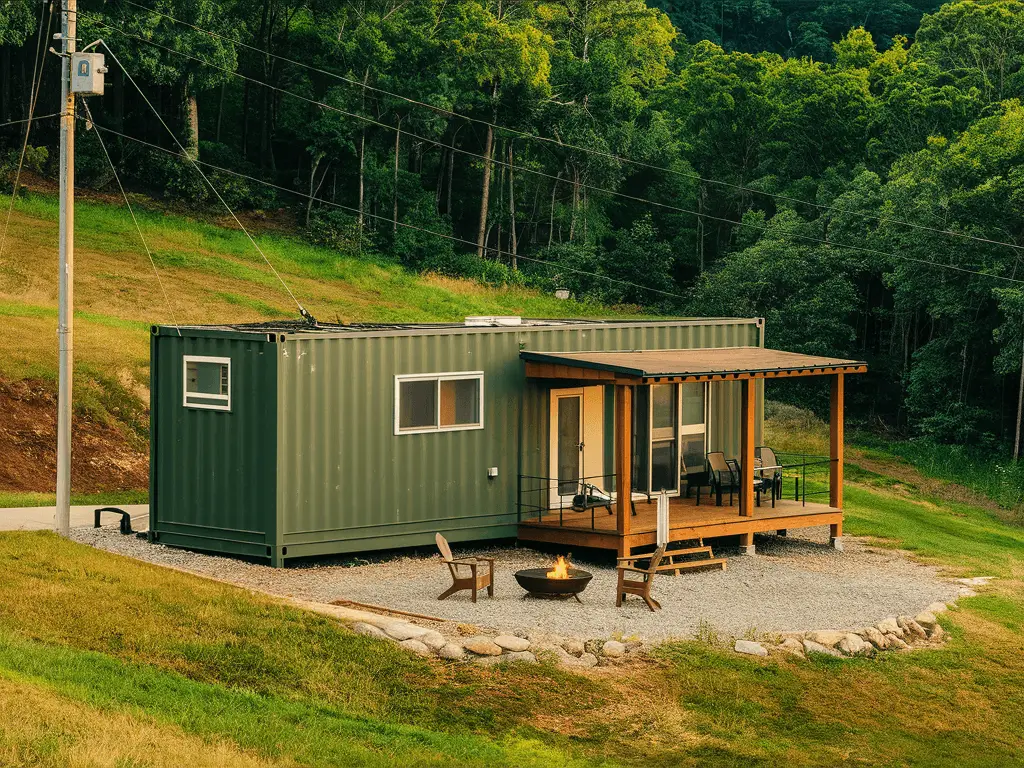
In states like Oregon, shipping container homes are welcome but often come with zoning restrictions.
For example, they might only be allowed in areas designated for single-family homes or smaller towns with populations under 10,000.
Each state has its own set of rules, so knowing these will help you navigate the permitting process smoothly.
If you’re serious about starting your project, understanding the legal landscape is crucial.
From zoning laws to building codes, each detail can significantly impact your dream home.
Stay informed and make sure to follow state-specific guidelines to ensure your container home is both legal and safe.
Key Takeaways
- Many states allow container homes with specific building code compliance.
- Some areas like Oregon have zoning restrictions for these homes.
- Understanding state-specific regulations is vital for a smooth permitting process.
Legality of Container Homes by State
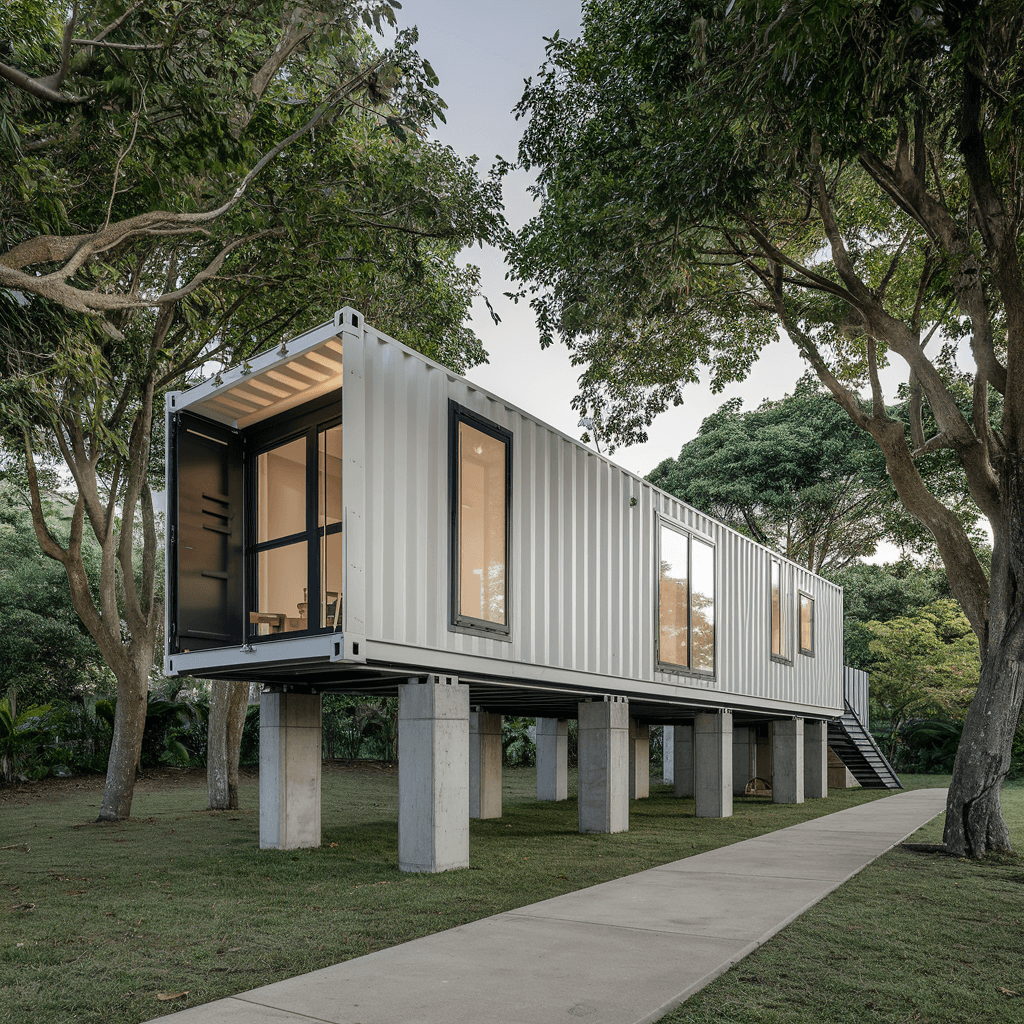
California: Known for strict land laws, California does allow container homes with specific permits and compliance with zoning regulations.
Texas: Texas has been welcoming to shipping container homes due to its flexible building codes.
Florida: In Florida, container homes are becoming more popular. Local zoning laws vary, so it’s vital to check county and city regulations.
New York: New York has seen a rise in container homes, especially in urban areas. Zoning laws play a big role, and it’s essential to work with local authorities.
Oregon: Oregon is open to innovative housing solutions, including container homes, provided they meet state building codes.
Alaska: Although remote, Alaska allows container homes. They must comply with specific codes regarding insulation and heating to handle the climate.
Colorado: Colorado supports container homes, particularly in rural areas. Compliance with local regulations is necessary to avoid legal issues.
Washington: In Washington, container homes are accepted but need to comply with zoning and building standards, which can vary widely.
Minnesota: Minnesota permits container homes. Some rural areas have more lenient regulations compared to urban centers.
Missouri: Missouri is another state where container homes are allowed, keeping in mind county and local zoning laws.
Louisiana: Louisiana allows container homes but make sure to adhere to specific building standards.
Montana: Montana has fewer restrictions for container homes, especially in less densely populated areas.
State-Specific Building Codes for Container Homes
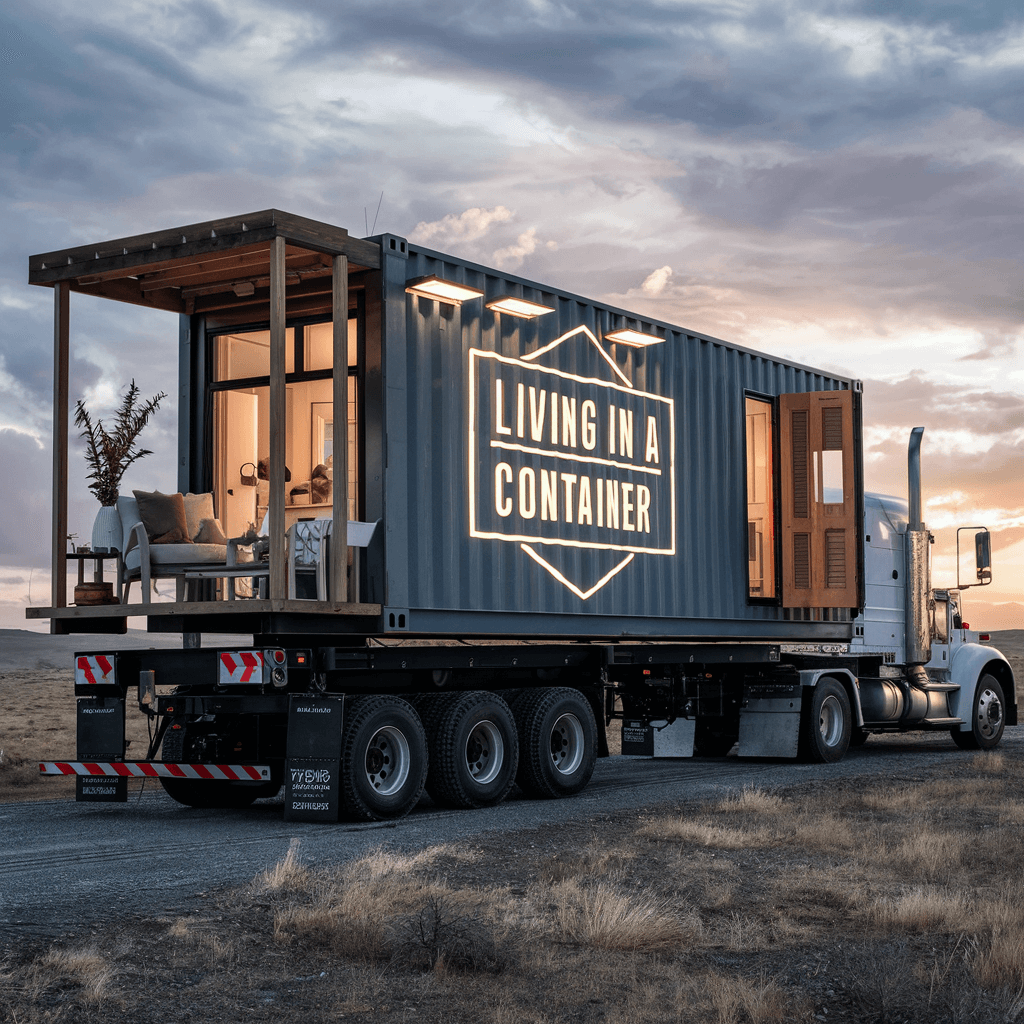
Building a container home requires compliance with specific state building codes. Each state has its own guidelines on zoning, permits, and standards. Here are the key points for some of the states that allow container homes.
California
California’s building codes for container homes are strict due to seismic regulations.
The state mandates that all container homes meet California Building Standards Code (Title 24).
Permits and inspections are necessary, and the process can be lengthy.
In some counties, additional engineering requirements might apply.
Design professionals must ensure that the home can withstand earthquakes and extreme weather.
For more details, you can refer to the container home guidelines in California.
Texas
Texas offers more flexibility for container homes.
The state has embraced alternative housing, making it easier to get permits compared to others.
However, compliance with local building codes remains essential.
In cities like Houston and Austin, container homes must comply with International Residential Code (IRC). Rural areas may have less rigorous regulations.
Engineers might be needed to certify that the home meets structural standards.
Further information is available through Texas container home laws.
Florida
Florida’s building code for container homes is shaped largely by its weather.
The state enforces codes that ensure homes can withstand hurricanes and heavy rainfall.
The Florida Building Code includes rules on wind resistance and structural integrity.
Permitting processes can be complex, particularly in coastal areas.
Certification from an engineer might be necessary to confirm compliance with these standards.
For more information, see shipping container homes in Florida.
Oregon
Oregon has progressive policies but specific restrictions for container homes.
The homes must be built on land zoned for single-family residences.
Regulations necessitate adherence to Oregon Residential Specialty Code.
Permits are required, and inspections ensure compliance with local codes.
Due to strict environmental standards, additional requirements may apply.
Zoning and Land Use Regulations
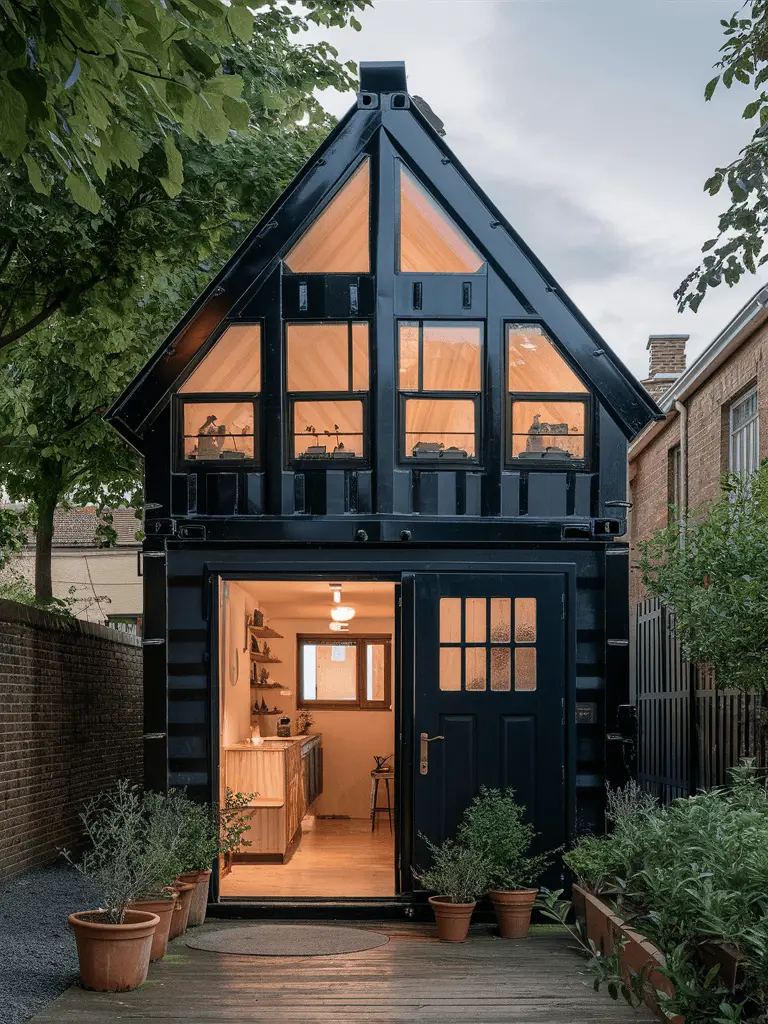
Zoning laws regulate how land can be used and what kinds of structures can be built. These laws are crucial for building shipping container homes.
Land Use
In many states, specific zones are designated for different types of buildings.
For example, container homes might only be allowed on land set aside for residential use.
Zoning Codes
Zoning codes can be strict or lenient.
Some areas might have flexible regulations, while others require detailed compliance.
For instance, Oregon allows container homes but only in zones for single-family residences.
Permits are usually needed to ensure the home meets local building codes.
These permits focus on safety, proper land use, and community standards. Non-compliance can result in fines or legal issues.
Building Restrictions
Most states have building restrictions to make sure homes fit the community aesthetic and safety guidelines.
For example, California has detailed building codes that dictate how shipping container homes should be constructed.
Community Impact
Zoning laws often aim to balance residential, commercial, and industrial areas.
They help maintain a harmonious community by separating different land uses appropriately. This separation ensures that industrial activities do not disrupt residential areas.
Land prices and zoning regulations can influence the cost of building a container home.
In areas with loose zoning laws, land may be cheaper. On the other hand, strict zoning laws might increase costs due to the need for additional permits and compliance measures.
Permitting Process for Container Homes
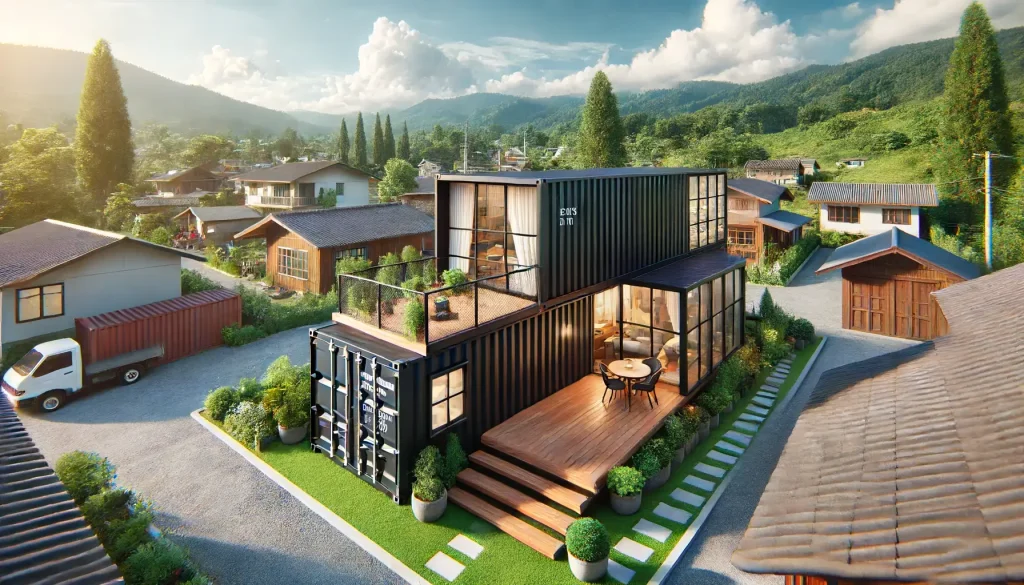
The permitting process for container homes varies by state and locality.
To begin, contact your local zoning office for information specific to your area. This ensures you’re aware of any restrictions or special requirements.
Key Steps in the Permitting Process:
- Consult Local Zoning Laws: Verify if container homes are allowed in your area. States like Oregon have specific regulations for these types of homes.
- Design Approval: Submit your home design plans for review. The design must comply with local building codes and structural requirements. This ensures the container home is safe and habitable.
- Obtain Necessary Permits: Secure building, electrical, and plumbing permits. It’s essential to get approvals for all aspects of construction to avoid legal issues later.
- Site Preparation: Prepare the site according to the approved plan. This step includes foundation work and utilities setup.
- Inspection Process: Your container home will undergo several inspections throughout the construction process. These checks ensure that all work meets safety and code standards.
Example Guidelines:
- Foundation Requirements: Some areas may require a more robust foundation to accommodate a container home’s unique weight distribution.
- Weather Considerations: States with severe weather conditions may have additional requirements for insulation and structural integrity.
Adhering to these steps and guidelines helps navigate the permitting process efficiently. This ensures your container home is approved and built to code. For more details on specific state requirements, visit Pelican Containers.
Frequently Asked Questions
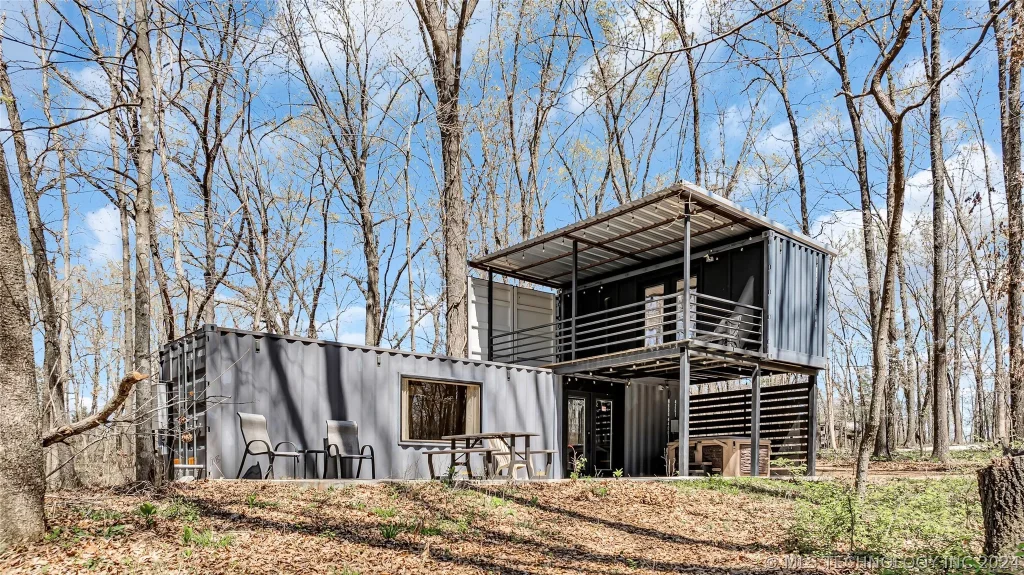
Many people have questions about where container homes are allowed and what regulations apply. Let’s address some common concerns related to legality, permits, and specific state requirements.
Which States Allow Container Homes ?
Are shipping container homes legal in California?
Yes, container homes are legal in California. They must comply with the same building codes as traditional homes. Specific local regulations and zoning laws may also apply, so it’s important to check with local authorities.
Do you need a permit to put a shipping container on your property?
Yes, typically a permit is required to place a shipping container on your property. Regulations can vary by county and city. Check with local building departments to understand the specific requirements in your area.
What are the requirements for building a prefab shipping container home?
Requirements for prefab shipping container homes include compliance with local building codes, zoning laws, and obtaining appropriate permits. Homes must also meet structural and safety standards typical for residential buildings.
Where in the United States can you legally build a container home?
States like Texas, Oregon, and California are known for being more container home-friendly. Each state and local jurisdictions have their own regulations, so it’s vital to consult with local authorities for accurate information.
Does New York State permit the construction of container homes?
Yes, New York State permits container homes. They must adhere to building codes and zoning regulations. Urban areas may have stricter codes compared to rural regions.
Which state is most accommodating to the building of container homes?
Texas is noted for its flexibility regarding container homes due to its more lenient zoning regulations.
This makes it a popular choice for those looking to build container homes with fewer regulatory hurdles.
